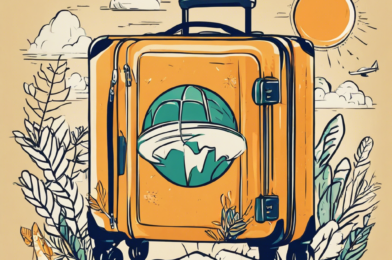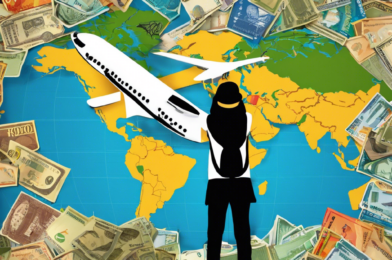## Off-Season Travel: The Pros, Cons, and Where to Go
There’s no denying that traveling during the peak season has its perks: vibrant atmospheres, lively events, and sunny skies. Yet, there is a growing appeal to off-season travel. With crowds thinning and prices dropping, exploring a destination in its quieter months has a distinct allure.
The benefits of off-season travel are significant. Firstly, it’s more affordable. Airfares and accommodation prices drop significantly, making that dream destination suddenly more accessible and affordable. With fewer tourists around, you’ll also find greater availability, so last-minute bookings become a viable option.
The lack of crowds is perhaps the most appealing aspect. Queue-free museums, easier reservation bookings, and uncrowded beaches and hiking trails mean a more relaxed and enjoyable pace of travel. You’ll also encounter a more authentic side to a place, as you rub shoulders with the locals going about their daily lives. It’s a great way to immerse yourself in the local culture and discover hidden gems that may be overlooked in the peak season rush.
However, there are downsides. Some attractions and restaurants may be closed, and in certain destinations, the weather can be less favorable. You might also miss out on the buzz and energy that peak season brings, with its lively festivals and vibrant markets.
So, where should you go to make the most of off-season travel? Consider the southern hemisphere for some winter sun. Australia, New Zealand, and South Africa offer great weather and fewer crowds in their summer months of December to February. Or, for a unique experience, try a colder climate like Iceland or Finland, where you can enjoy the majestic Northern Lights and snowy landscapes without the peak-season price tag.
For something a little warmer, shoulder season in the Mediterranean is a great choice. Countries like Greece, Italy, and Spain boast mild weather and fewer tourists in the spring and autumn months. You can explore ancient ruins and historic cities without the oppressive heat of summer, and take advantage of lower prices on accommodation and tours.
Asia is also a great option, with countries like Vietnam, Cambodia, and Thailand offering discounted rates and fewer crowds in their low season of June to September. You might encounter some rain, but it’s often short-lived, and you’ll have the added bonus of lush, green landscapes and spectacular waterfalls at their most impressive.
So, if you’re willing to embrace the quieter side of travel, off-season exploration can offer a unique and rewarding experience, where savings, authenticity, and a more relaxed pace are the greatest rewards.









